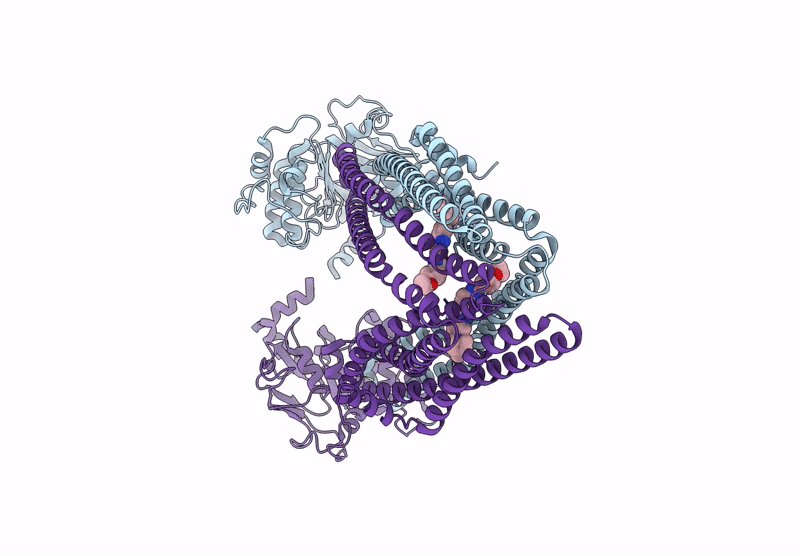
Deposition Date
2024-09-16
Release Date
2025-03-05
Last Version Date
2025-07-09
Method Details:
Experimental Method:
Resolution:
3.60 Å
Aggregation State:
PARTICLE
Reconstruction Method:
SINGLE PARTICLE


